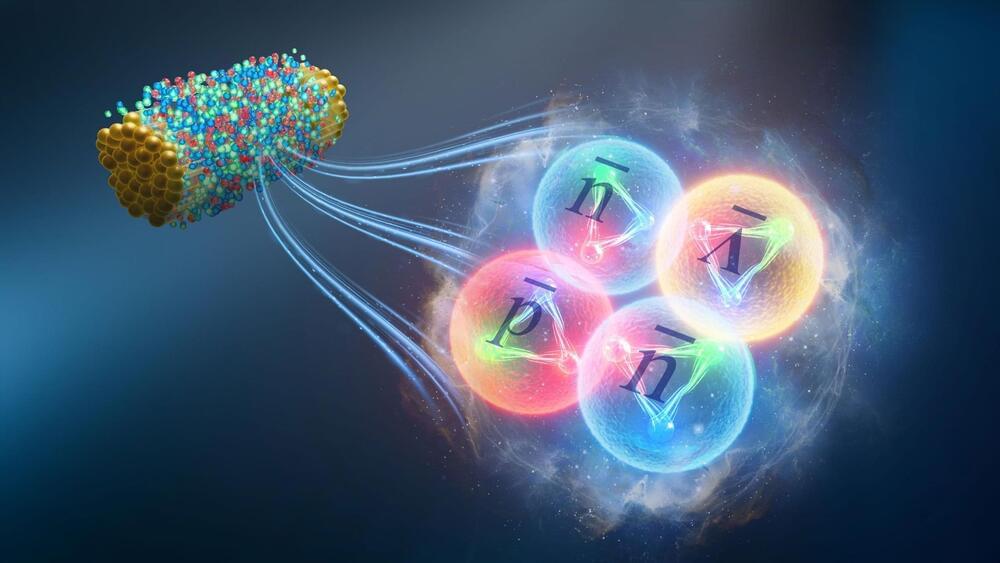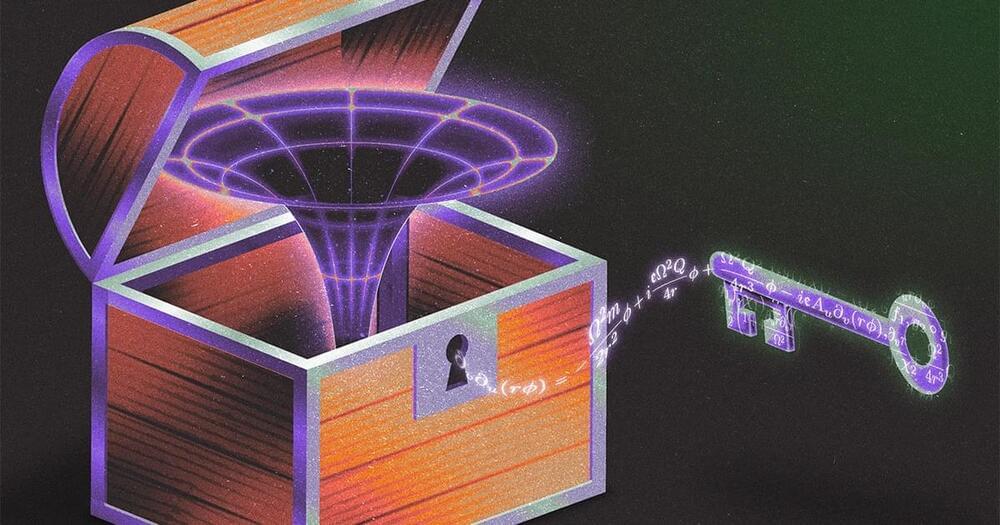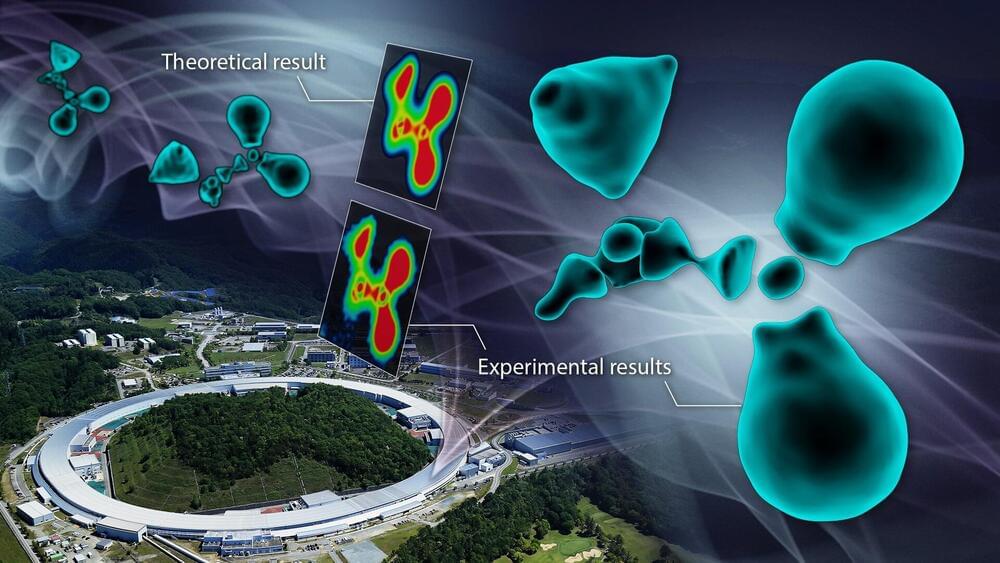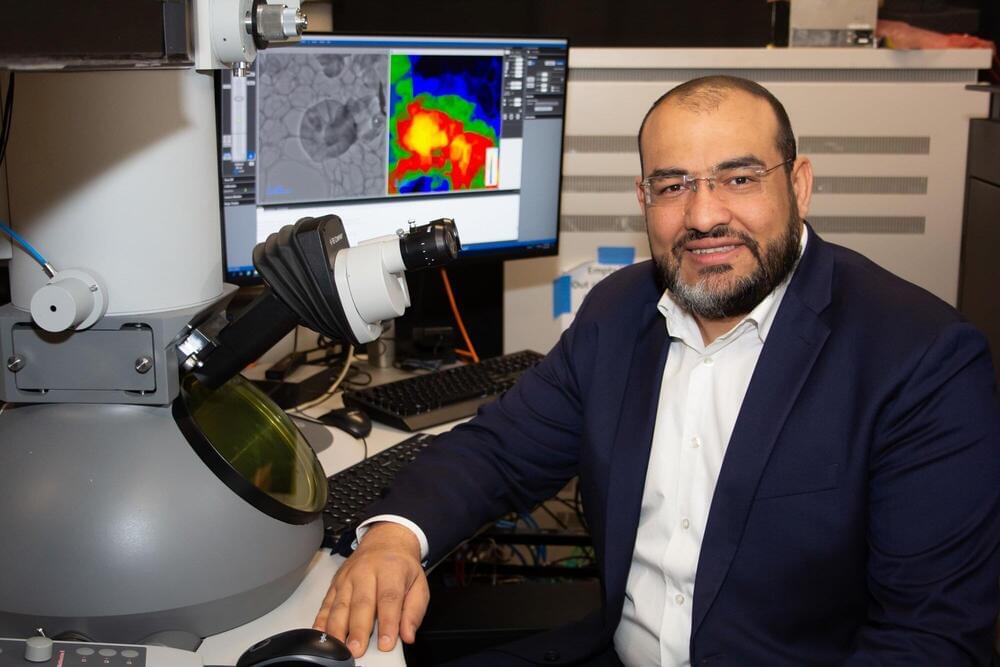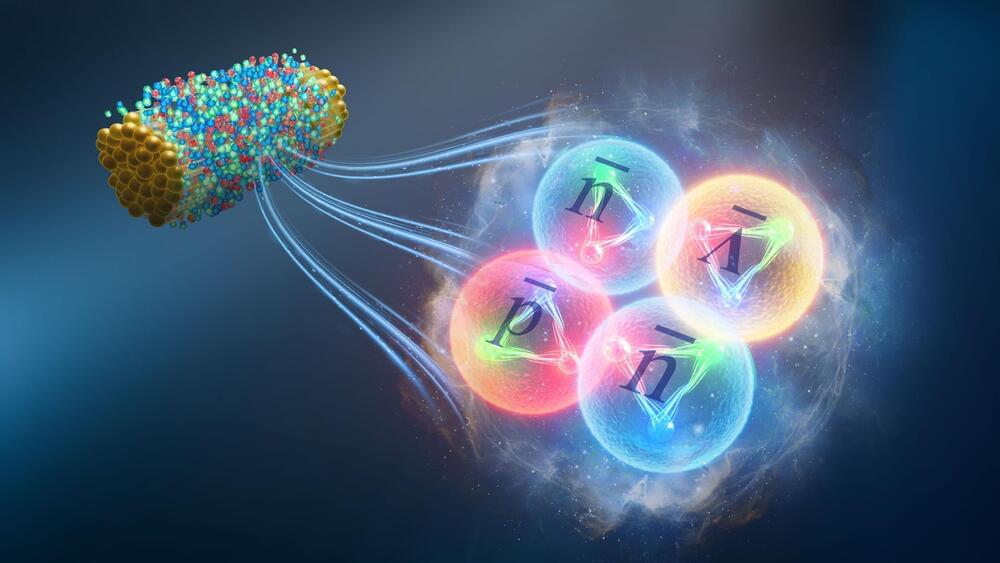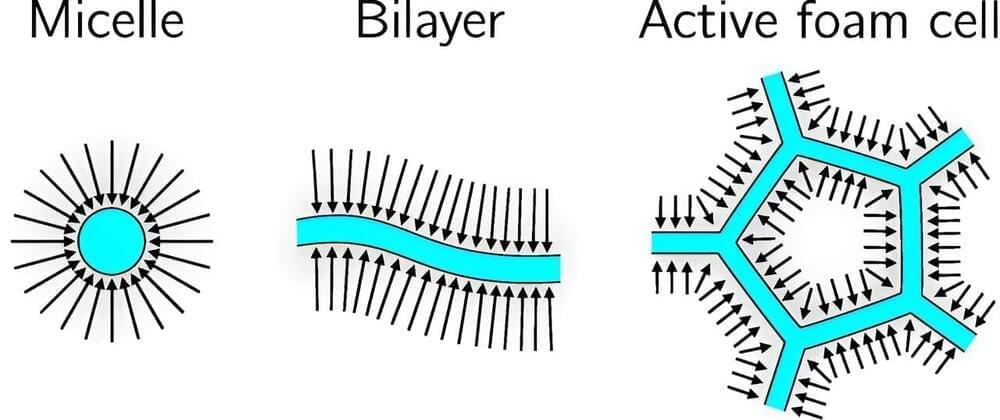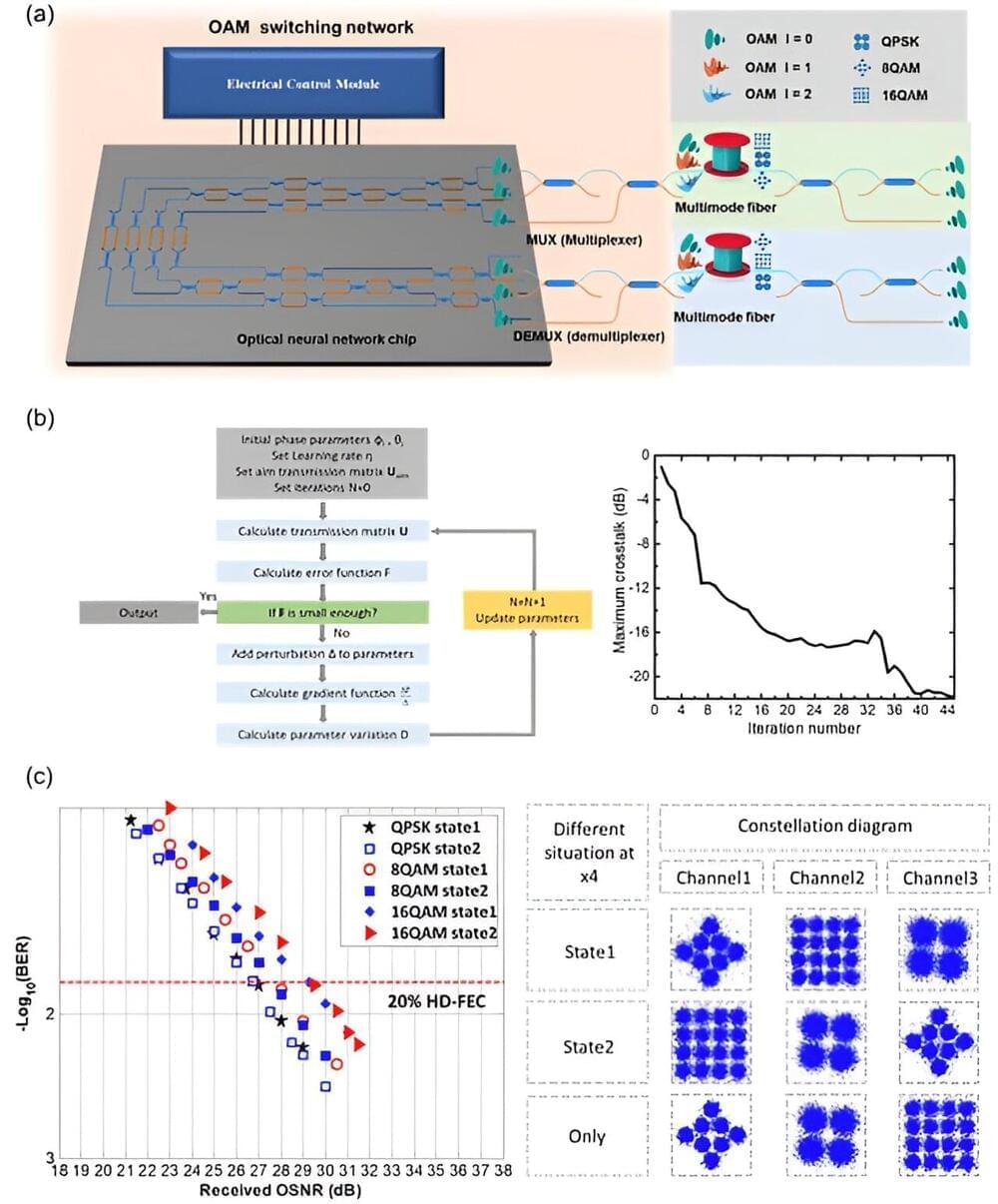Aug 21, 2024
Atom Smasher Shatters Records With Heaviest Antimatter Discovery
Posted by Saúl Morales Rodriguéz in category: particle physics
Scientists sifting through six billion particle smashups detect roughly 16 “antihyperhydrogen-4” particles, the heaviest antimatter nucleus discovered to date.
A groundbreaking discovery of the heaviest antimatter nucleus yet has been made at the RHIC, involving an antiproton, two antineutrons, and an antihyperon. This research aids in understanding why matter dominates the universe and confirms the fundamental properties of antimatter, suggesting no significant differences in particle decay rates compared to matter.
Discovery of a new antimatter nucleus.
